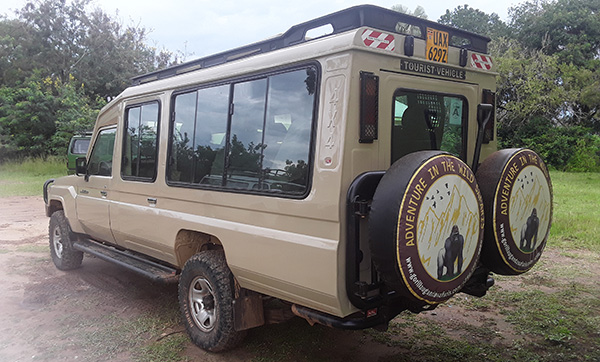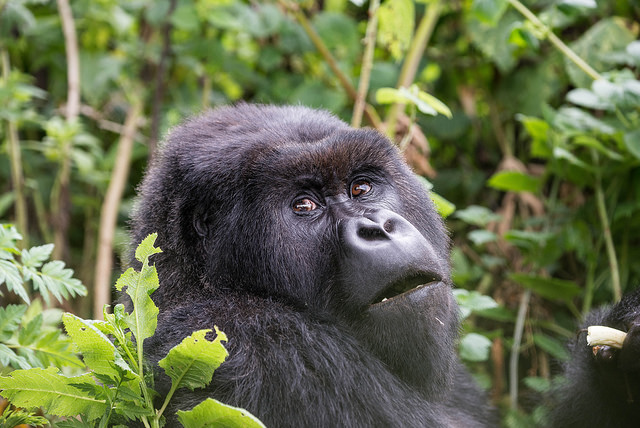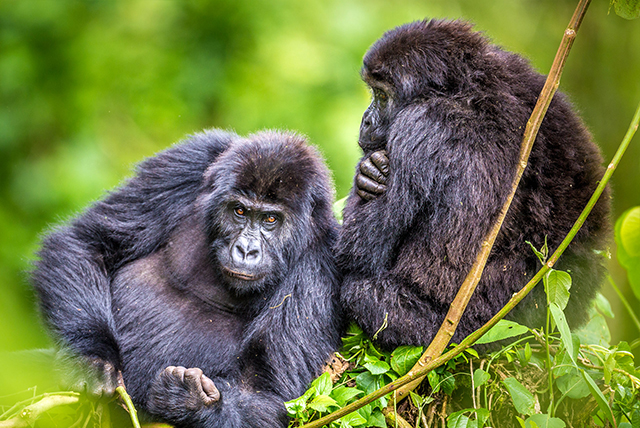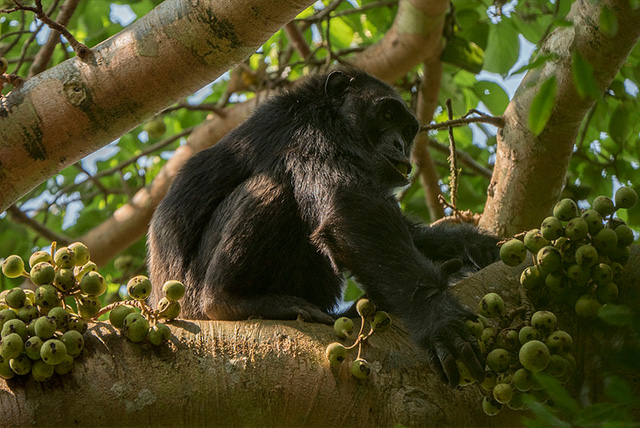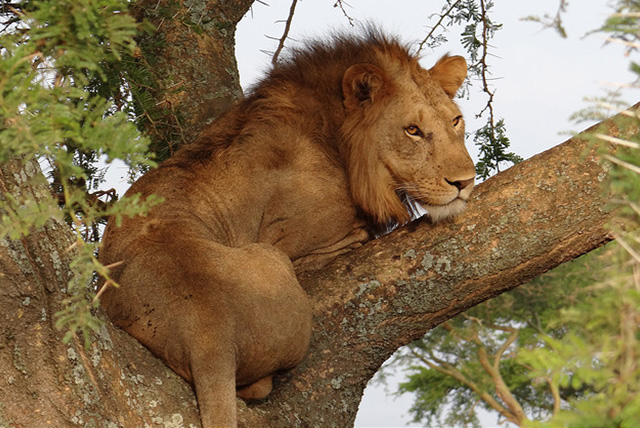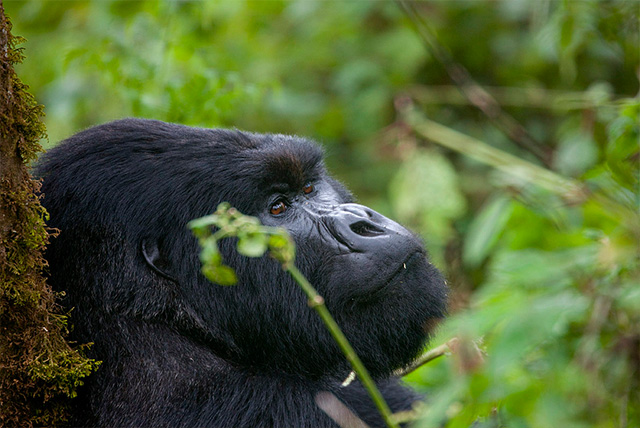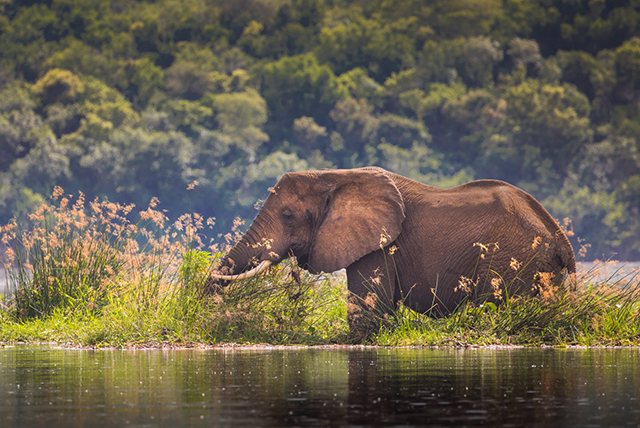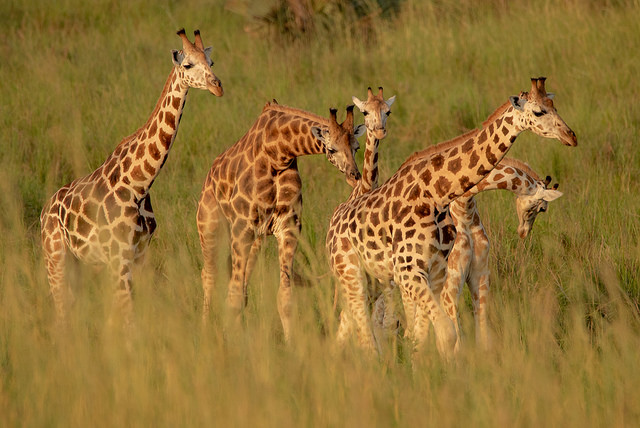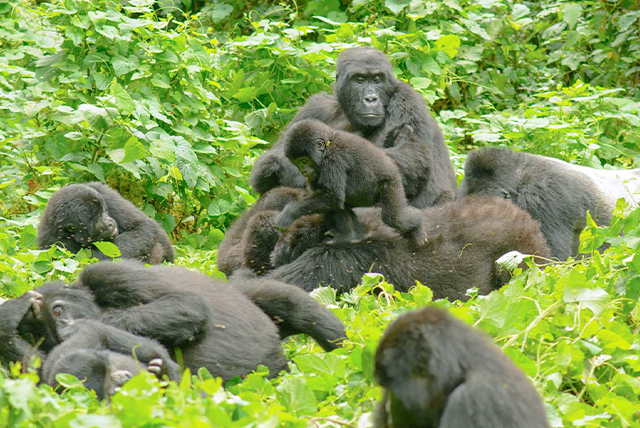Month-by-Month Namibia Safari Guide
Namibia Safari Guide for Every Month
Namibia boasts breathtaking landscapes and is a destination that welcomes visitors throughout the year. Although the winter months offer an incredible opportunity for a safari in Etosha National Park, the nights can be quite chilly. Summer brings warmth, while the rains grace us from November to April. Here is our concise month-by-month guide to an exhilarating Namibia safari. “Rainy” can mean different things, and in the desert regions of Namibia, thundershowers are often rare or completely absent. The Zambezi Region, once known as Caprivi, is the wettest area.
.
January – Warm across the nation, with occasional afternoon thundershowers, perfect for birdwatching.
The rains in Etosha bring about a remarkable change, as the park bursts forth in vibrant green shades. The thick greenery adds an element of challenge to spotting wildlife, yet the birdwatching experience is incredibly rewarding, particularly with the stunning pink flamingos gracing the scene. Traveling to the Zambezi Region may not be the best choice due to potential flood risks and a heightened likelihood of malaria.
February – A time of vibrant life, filled with the excitement of new beginnings in Etosha
February brings the calving season in Etosha, providing an extraordinary opportunity to see newborn antelopes in their natural habitat. The thick foliage may obscure some wildlife sightings, yet the presence of young animals brings a sense of enchantment to the experience.
March – A time when the air begins to refresh
In March, Namibia welcomes a shift in weather, with less rainfall gracing the land. The days are filled with warmth and humidity, while the nights begin to offer a refreshing coolness. Although it might not be the best time for spotting wildlife, March lays the groundwork for the exciting experiences that await in the next month.
April – Stunning landscapes & captivating imagery
With clear skies painting breathtaking scenes, April emerges as the prime time for photographers to explore the wonders of Namibia. The skies are mostly clear now, showcasing the stunning landscapes of Namibia in their full splendor.
May – The onset of winter ushers in pleasant weather and fantastic opportunities for exploration.
May marks the onset of winter in Namibia, a time often regarded as the best for exploring the country, heralding the height of safari adventures. The dry climate and comfortable atmosphere create perfect opportunities for thrilling game drives. As rivers and other water sources diminish, wildlife gathers around watering holes, creating perfect moments for unforgettable sightings.
June – Chilly evenings, delightful daytime temperatures, and fantastic opportunities for wildlife observation.
In June, Namibia welcomes cooler nights, frequently showcasing striking temperature shifts, particularly in the desert areas where icy conditions may arise. Yet, the daytime weather is delightful, marked by bright, azure skies. The lack of rainfall reshapes the terrain into a parched and open expanse, offering remarkable clarity for observing wildlife on safaris in Namibia. At the start of the month, the game parks enjoy a serene atmosphere, but as June progresses, excitement builds with the arrival of visitors eager to experience the remarkable wildlife encounters available.
July – The height of excitement for wildlife observation
July, the driest month in Namibia, stands out as an exceptional time for exploration and experiencing the country’s game parks, especially the remarkable Etosha National Park. Elephants, zebras, giraffes, gazelles, and wildebeests gather at watering holes, creating thrilling opportunities for game viewing.
August – The height of the season, perfect for spotting wildlife
During this prime time of year, Namibia showcases its arid landscapes, offering exceptional opportunities for wildlife observation. Even with the cool nights, the daytime warmth is inviting, creating an ideal setting for thrilling activities such as quad biking, sand boarding, and exploring the desert on foot. A remarkable aspect of August is the lively showcase of wild spring flowers that embellish the scenery, turning the Ai-Ais Richtersveld Transfrontier Park into a stunning tapestry of vibrant blossoms. This is the prime time, so securing your reservation ahead of time is crucial.
September – A fantastic time for thrilling escapades
September brings delightful daytime warmth as the nights slowly start to embrace a cozy heat. The pleasantly temperate weather invites you to embark on thrilling explorations of the desert landscapes. The landscape is dry, yet the opportunities for wildlife observation are still remarkable.
October – A time for pleasant warmth and the thrill of spotting whales
October marks the transition from winter in Namibia, ushering in warmer temperatures and the chance of rain. However, the skies largely remain clear, setting the stage for thrilling stargazing and exciting game viewing. Southern right, minke, and humpback whales embark on their annual journey across the Atlantic, turning whale watching along the coast near Walvis Bay into an exhilarating experience.
November – The onset of the rainy season, with flamingos gracing the shores of Swakopmund.
As November rolls in, the weather takes on an unpredictable flair, bringing with it the thrilling chance of impressive thunderstorms as the rain begins to pour. In this season, Swakopmund transforms into a sanctuary for flamingos, who linger until February, embellishing the lagoons with their striking pink feathers.
December – A time for thrilling bird watching
December can become quite lively for safari enthusiasts eager to embrace the excitement of the end-of-year school holidays and festive celebrations. The weather remains full of surprises, and the migrant birds are showcasing their beauty, creating a perfect season for passionate birdwatchers. Exploring Etosha offers thrilling experiences in wildlife observation

